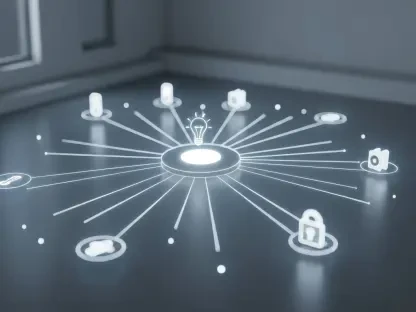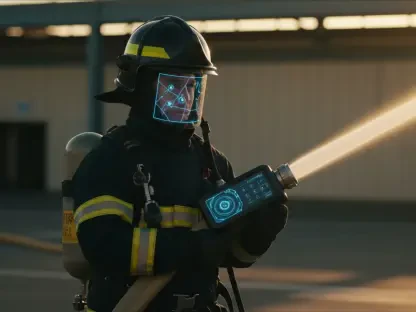The blend of augmented reality (AR) and gaming is poised to redefine immersive experiences, but not without hurdles. As the Nintendo Switch 2 gains traction, gamers eagerly seek ways to pair this device with AR glasses, hoping to unlock new dimensions in gaming. However, the path toward seamless integration is riddled with technical obstacles.
An Intersection of Innovation and Reality
The Nintendo Switch 2 introduces groundbreaking advancements that captivate gaming enthusiasts globally, offering enhanced graphics and more immersive gameplay. Simultaneously, AR glasses such as the Xreal One Pro are climbing in popularity. These devices promise expansive virtual displays that transform the way users interact with games. Yet, despite these technological strides, a notable challenge emerges: compatibility issues between Switch 2 and AR glasses are inhibiting many gamers’ desires for an enhanced experience. These issues resonate with broader device compatibility frustrations prevalent among consumers in today’s tech landscape.
Understanding the Compatibility Challenge
A key technical hurdle arises from the Nintendo Switch 2’s altered video signal, specifically its “timing sequence,” which AR glasses like the Xreal One Pro struggle to decode. This timing sequence change prevents the glasses from interfacing correctly with the console’s output. Historically, such compatibility challenges are not novel, especially with gaming consoles. AR devices have long struggled to adapt to devices lacking DisplayPort technology, illustrating an ongoing battle for cohesion between cutting-edge and existing technologies.
Insights from Experts and Users
Experts are actively exploring solutions to these compatibility challenges. Representatives from Xreal express confidence in upcoming updates designed to bridge the gap, though a specific timeline remains uncertain. Feedback from gaming enthusiasts highlights the blend of excitement and frustration that accompanies such tech evolution. Many gamers have faced similar integration challenges in the past and foresee both potential advantages—such as more immersive gaming—and drawbacks, including possible delays in gameplay enhancement.
Navigating Practical Solutions
Amid these challenges, companies like Xreal are developing firmware updates to address compatibility head-on. These updates aim to align the AR glasses with Switch 2’s unique signal requirements. In the meantime, gamers seeking immediate solutions might explore alternative setups, such as using intermediary adapters or embracing other AR-compatible platforms. Enthusiasts are encouraged to keep abreast of technological developments and remain open to diverse methods that integrate AR and gaming.
Moving Forward with Technological Integration
The journey to synchronize the Nintendo Switch 2 with AR glasses presents an opportunity to innovate in the gaming industry. With proactive measures by companies like Xreal, gamers can look forward to improved tech synergies. These innovations pave the way for future gaming enhancements, leaving a legacy of adaptability and consumer-driven solutions. As the tech landscape evolves, it continues to offer new possibilities for the perfect blend of gaming and augmented reality.









